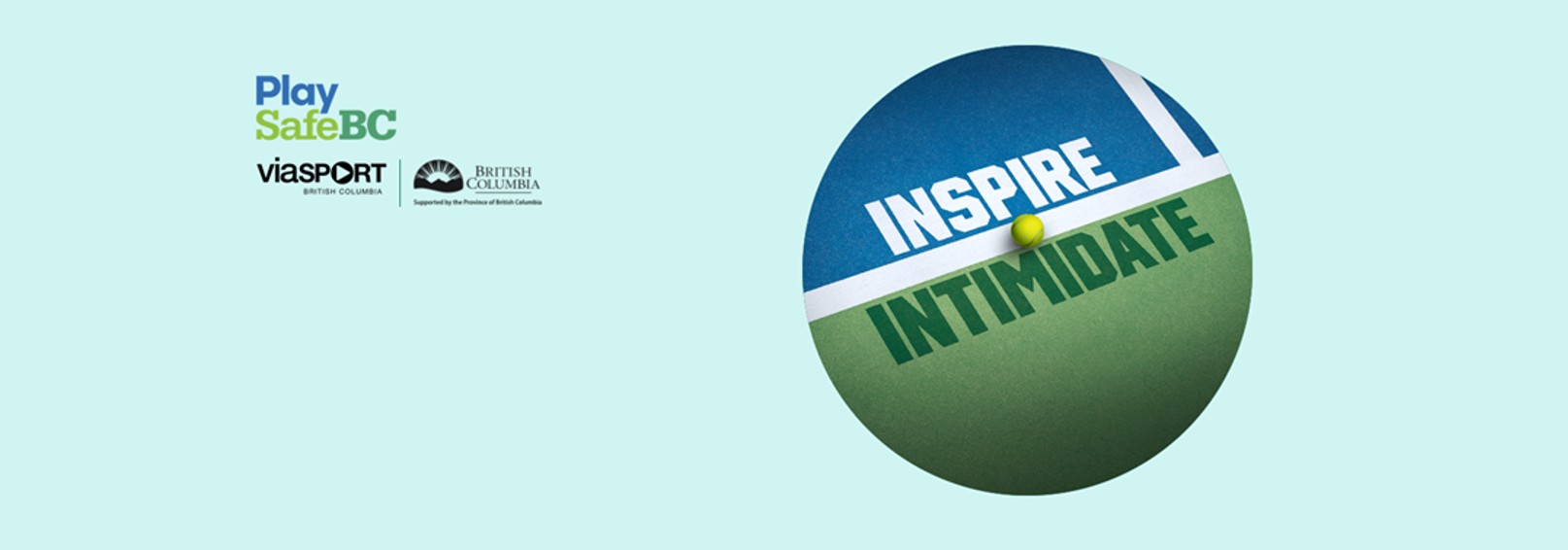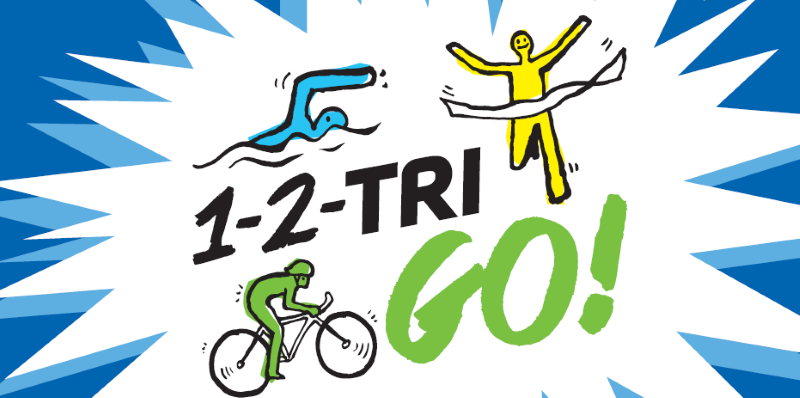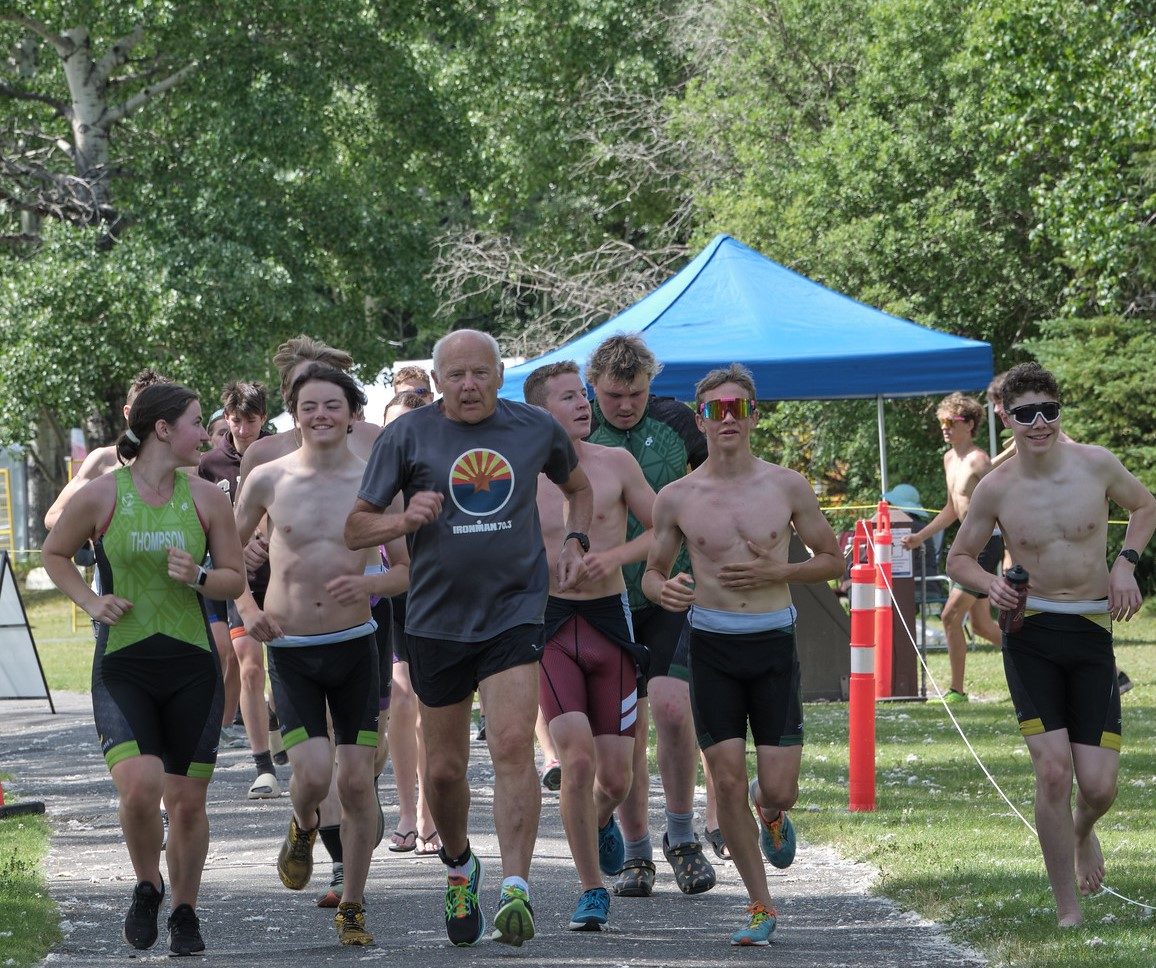WHAT DOES SAFETY IN SPORT MEAN?
Safety in sport isn’t just about preventing harm. It’s about changing sport culture for the better – promoting equity, respect and inclusion so everyone can do their best, grow and have fun. Safety in sport affects everyone. We all have a role to play in making sport safer, from athletes to coaches, parents, staff and board members. It all starts with you. With the right tools, you can make a difference – for yourself, your team, and your community.
Safety in sport means environments on the field, off the field, in locker rooms, in offices, and in boardrooms are all physically safe and accessible, as well as psychologically and culturally safe and inclusive. Injury prevention and management, as well as the creation of positive cultures is as much a part of safety in sport as is addressing maltreatment when it occurs.
PHYSICAL SAFETY
Physical safety includes (but is not limited to): prevention of injuries, including appropriate use of equipment and emergency planning, concussion management, and appropriate and progressive return to training and competition after injury.
Sport and exercise are an important part of a healthy lifestyle. Physical safety encompasses creating safe physical environments that are designed for all types of participants, as well as preventing, recognizing, and managing injuries and illnesses.
PSYCHOLOGICAL SAFETY
Psychological safety focuses on creating a healthy atmosphere that allows participants to thrive and become the best they can be.
Sport can create a sense of belonging and improve self-esteem if it is psychologically safe.
When people feel psychologically safe, they; are empowered to raise issues that may help themselves, their team, or others improve; are not harassed or bullied; feel welcome in new environments and want to continue to participate; consent to appropriate physical touching (such as spotting); are empowered to not attempt skills that they don’t feeel capable or doing safely; and are aware of power dynamics and know appropriate boundaries.
A psychologically safe sport environment is one that promotes mental well=being and does not harm mental health through negligent, reckless, or intentional ways.
MALTREATMENT
A behaviour is classed as maltreatment if it was done on purpose and if it resulted or had the potential to result in physical or psychological harm. This can include behaviours that are acts of omission, such as neglect. It is important to understand that maltreatment is determined by the behaviour viewed objectively, not by whether harm is intended or results from the behaviour.
Maltreatment in all its forms is a serious issue that undermines the health, well-being, performance and security of individuals, communities, and society.
Maltreatment is unacceptable and fundamentally incompatible with the core values that lie at the heart of Canadian sport. Individuals should have the reasonable expectation when they participate in sport in B.C. that it will be in an environment that is accessible, inclusive, respects their personal goals, and is free from all forms of maltreatment.
All provincially funded sports organizations in British Columbia have adopted the B.C. Universal Code of Conduct, which applies to all participants and includes expectations related to appropriate and inappropriate behaviours relating to these types of safety.
Sport environments that are safe are accessible, inclusive, and respect their participants’ personal goals. Learn more about why safety in sport matters, click on the button below.





